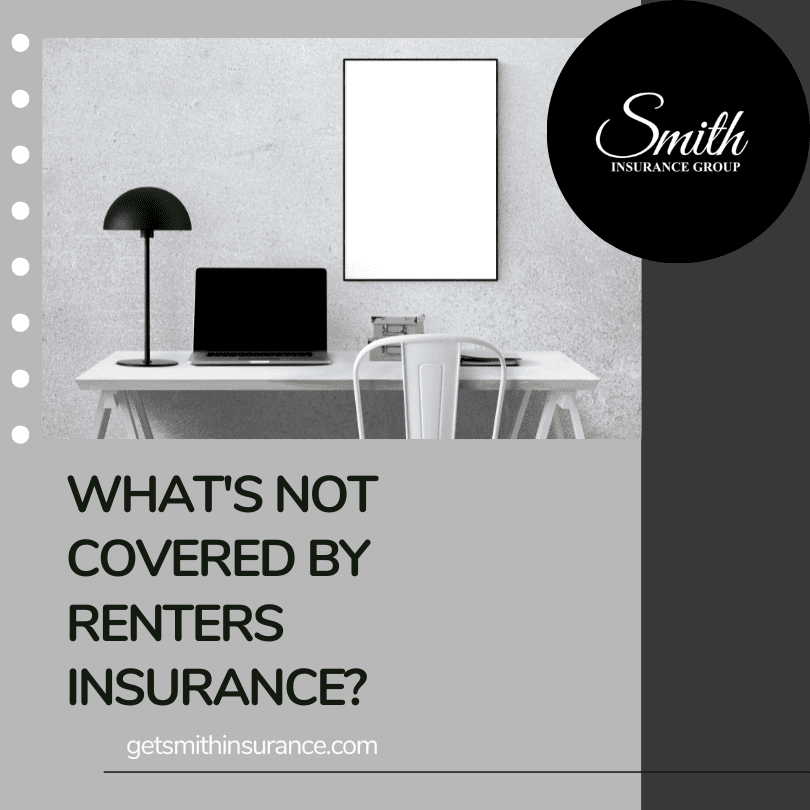
Demystifying Renters Insurance: Understanding What’s Not Covered
Renting a home or apartment offers convenience and flexibility, but it also comes with the responsibility of protecting your belongings and personal liability. Renters insurance is a crucial safety net that shields tenants from unforeseen disasters, theft, and accidents. While this insurance policy provides comprehensive coverage, it’s essential to understand its limitations. In this blog post, we’ll explore what is typically not covered by renters insurance, helping renters make informed decisions about additional protection they might need.
- Structural Damage: One of the key distinctions between homeowners insurance and renters insurance is that renters insurance does not cover structural damage to the building or dwelling. Suppose a fire, storm, or other covered peril damages the physical structure of the rented property. In that case, the landlord’s insurance should address the repairs. Renters insurance only covers the tenant’s personal belongings within the property.
- Natural Disasters: While renters insurance protects against various perils like fire, theft, vandalism, and water damage from burst pipes, it generally excludes coverage for natural disasters like earthquakes and floods. If you live in an area prone to these events, consider purchasing separate policies or endorsements to ensure adequate protection.
- High-Value Items: Most standard renters insurance policies limit coverage for high-value items, such as jewelry, art collections, and expensive electronics. If the value of these possessions exceeds the policy’s limits, consider purchasing additional coverage or a rider to protect them adequately.
- Intentional Damage: Renters insurance is designed to protect against accidental or unintentional damage. It does not cover intentional damage caused by the tenant or any other covered individuals listed in the policy. If you intentionally damage the property or belongings of others, you will not be covered by your renters insurance.
- Certain Liability Claims: While renters insurance offers liability coverage to protect you from legal and medical expenses if someone gets injured in your rental unit, it may not cover certain types of liability claims. For example, if you or a family member are involved in a car accident, resulting in injuries to others, this would typically be covered by your auto insurance, not your renters insurance.
- Business-Related Losses: Renters insurance generally excludes coverage for business-related losses, such as damage to equipment or loss of income due to business interruptions. If you run a home-based business, consider purchasing a separate business insurance policy to protect your assets adequately.
- Pest Infestations: Renters insurance typically does not cover damages caused by pests, such as bedbugs or rodents. The responsibility for addressing pest infestations usually falls on the landlord or tenant, depending on the lease agreement terms.
Renters insurance is a valuable investment that provides essential coverage for renters’ personal belongings and liability protection. However, it’s important to recognize its limitations. Understanding what is not covered by renters insurance empowers renters to assess their unique needs and explore additional insurance options if necessary. To ensure comprehensive protection, consider reviewing your policy carefully, consulting with insurance professionals, and securing additional coverage or endorsements for specific risks not covered by your standard renters insurance policy. Remember, being proactive about your insurance needs can prevent financial hardships in the face of unexpected events.

